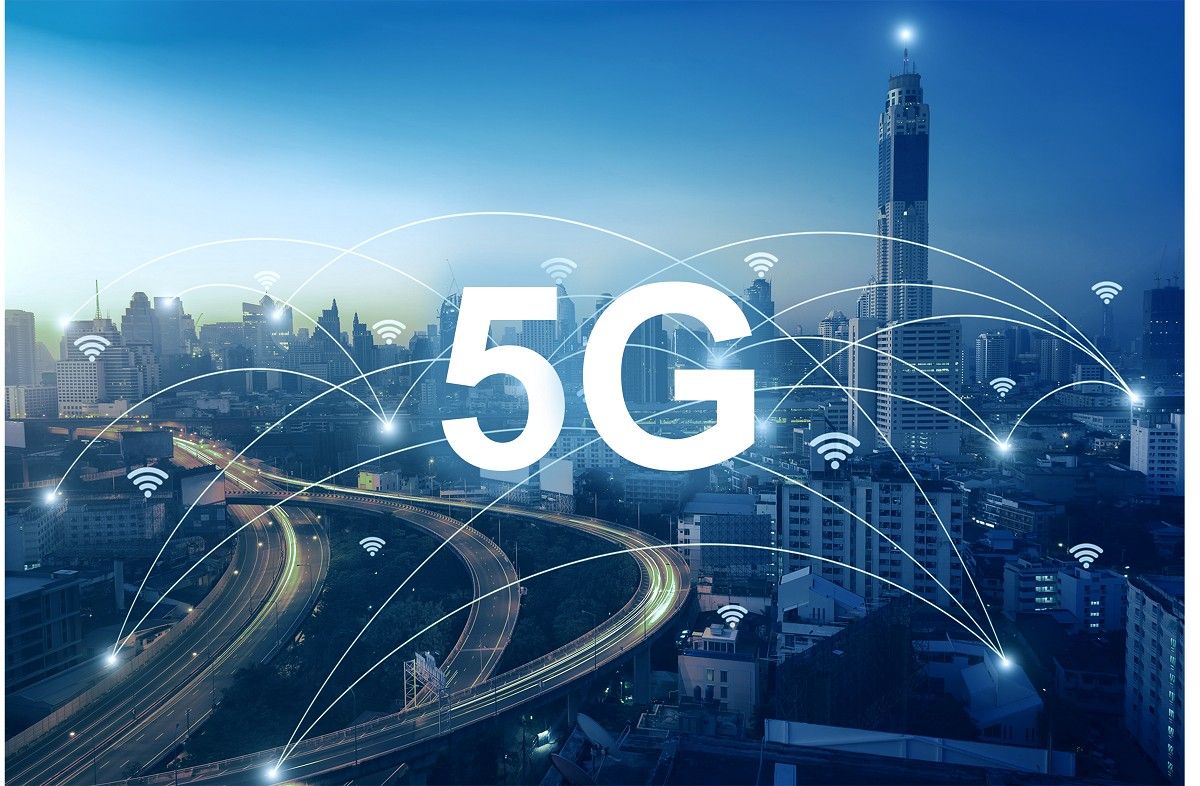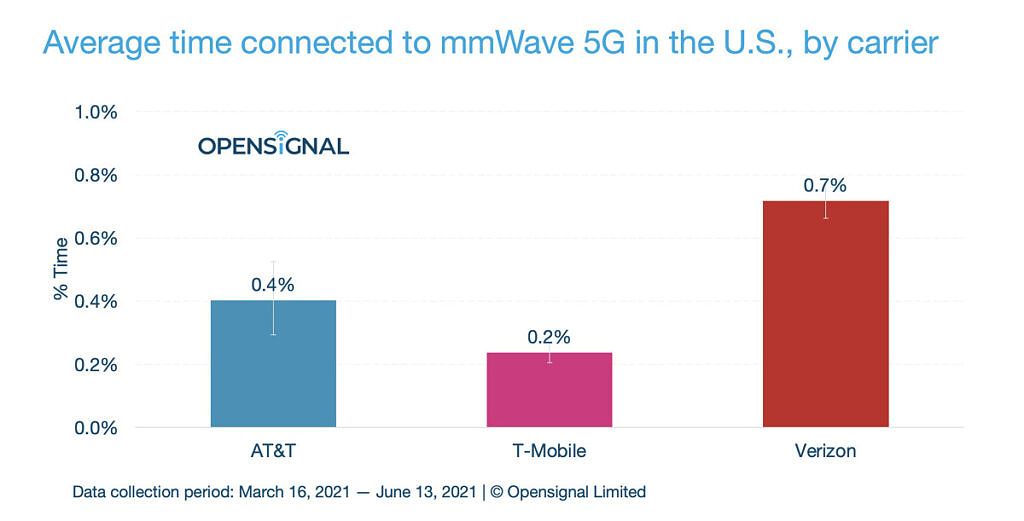Although 5G adoption in the US has seen a massive uptick in the last few months, a recent OpenSignal report suggests that barely anyone is using mmWave 5G. According to the report, Verizon, AT&T, and T-Mobile users connect to a mmWave 5G network less than 1% of the time.
The mmWave 5G experience report (via LightReading) reveals that Verizon users experienced the highest average time connected to a mmWave 5G network at 0.7%, while T-Mobile and AT&T users connected to a mmWave 5G network just 0.4% and 0.2% of the time. If you're wondering why mmWave 5G has such a low rate of adoption, it's because the technology has some glaring shortcomings.
As we explained in our Definitive Guide to 5G, although mmWave 5G offers significantly higher speeds and lower latency than sub-6GHz 5G, it has a few limitations. To begin with, mmWave 5G requires a line-of-sight to the carrier-installed node. That's because it uses incredibly high radio frequencies that are easily blocked by obstacles. On top of that, these frequencies have a limited range of about 500 meters. Due to these reasons, carriers would have to install a node on every street in every neighborhood to offer users a seamless experience. Since that's highly impractical, most users never have access to a mmWave signal.
Despite the poor rate of adoption, though, mmWave 5G from all major carriers continues to offer impressive download speeds. OpenSignal's report reveals that Verizon offers the fastest average mmWave 5G download speed of 618.4 Mbps. In comparison, T-Mobile's average clocked at 312 Mbps, while AT&T users only got average download speeds of 245 Mbps.


